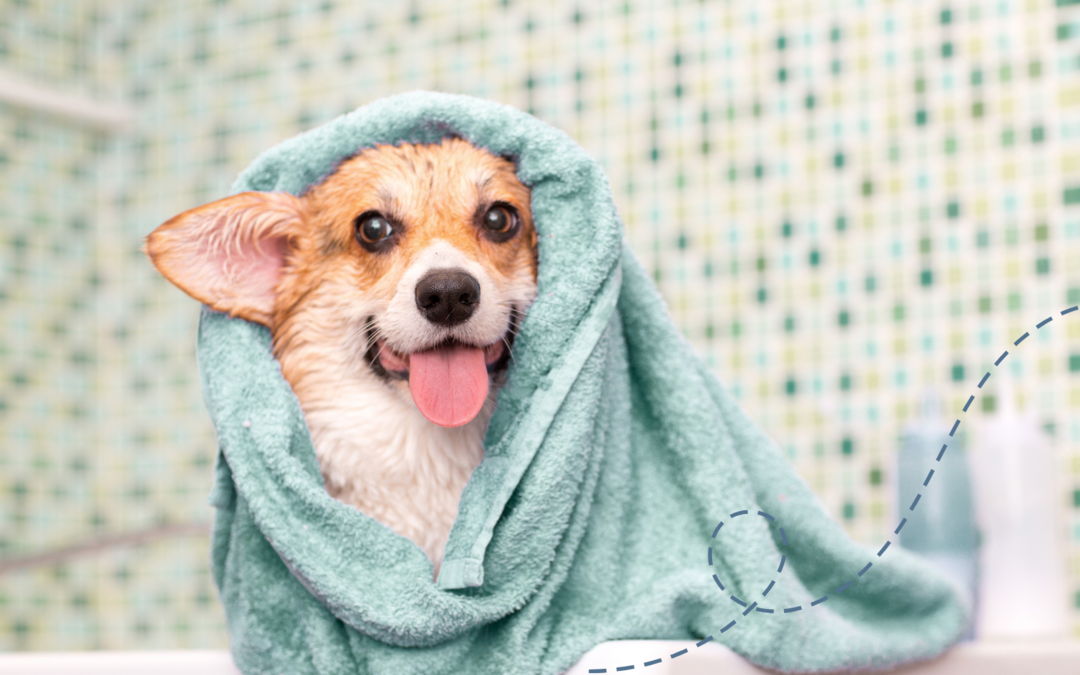Tip 1: Use a Special treat!
Use a special treat that they love and only receive when they are training for bathtime. Special treats will keep your dog focused on snacking rather than being in the tub.
Tip 2: Build up Tolerance
Everything about bath time can be pretty scary for pups that aren’t used to it. Remember to go slow when training. Focus first on having them relax in a dry tub. Give them lots of treats and attention and most importantly, DON’T force them to stay. Let them get out if they want to. The goal is to show your dog the tub is no big deal.
Tip 3: Keep Your Dog Occupied During the Bath
Try a lick mat with peanut butter or cheese whiz to keep them occupied while in the tub. The more they have to do, the less they care about what you are doing.
Tip 4: Go Slow!
A lot is going on for your pet, and you might not even realize it. From getting wet, to the smell of detergents, to the noises of running water, it can all be a little overwhelming for them. Start by only wetting their legs and see how they react, then slowly move up the rest of their body. Allowing them time to acclimate is an important step.
Tip 5: Waterless Shampoo/ Leave in Conditioners
When all else fails, don’t get discouraged! Using waterless dog shampoos and leave-in conditioners can be a great way to clean your pet while you are training. They aren’t quite as good as traditional baths, but they can be a lot easier for the nervous pet.
Bonus Tip:
Don’t be afraid to talk to your veterinarian about specific anxiety triggers for your pet. Sometimes we all need help dealing with anxiety. At Southern Trails Vet, we can help you identify anxiety triggers and discuss whether calming medications or training aids could help make bath time easier for your pet.

